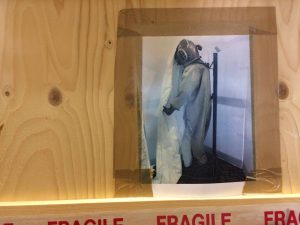
Unit 31: Southampton’s Time Capsule
Last semester, Year Three History students and their tutors on the module, ‘Between Private Memory and Public History’ visited a Southampton space not usually open to the public, Unit 31. Unit 31 — sited on an industrial park between West Quay shopping centre and IKEA — is Southampton City’s Management Centre and houses some of the many objects that the city’s museums, including Southampton’s Sea City and Tudor House.
Continue reading →




